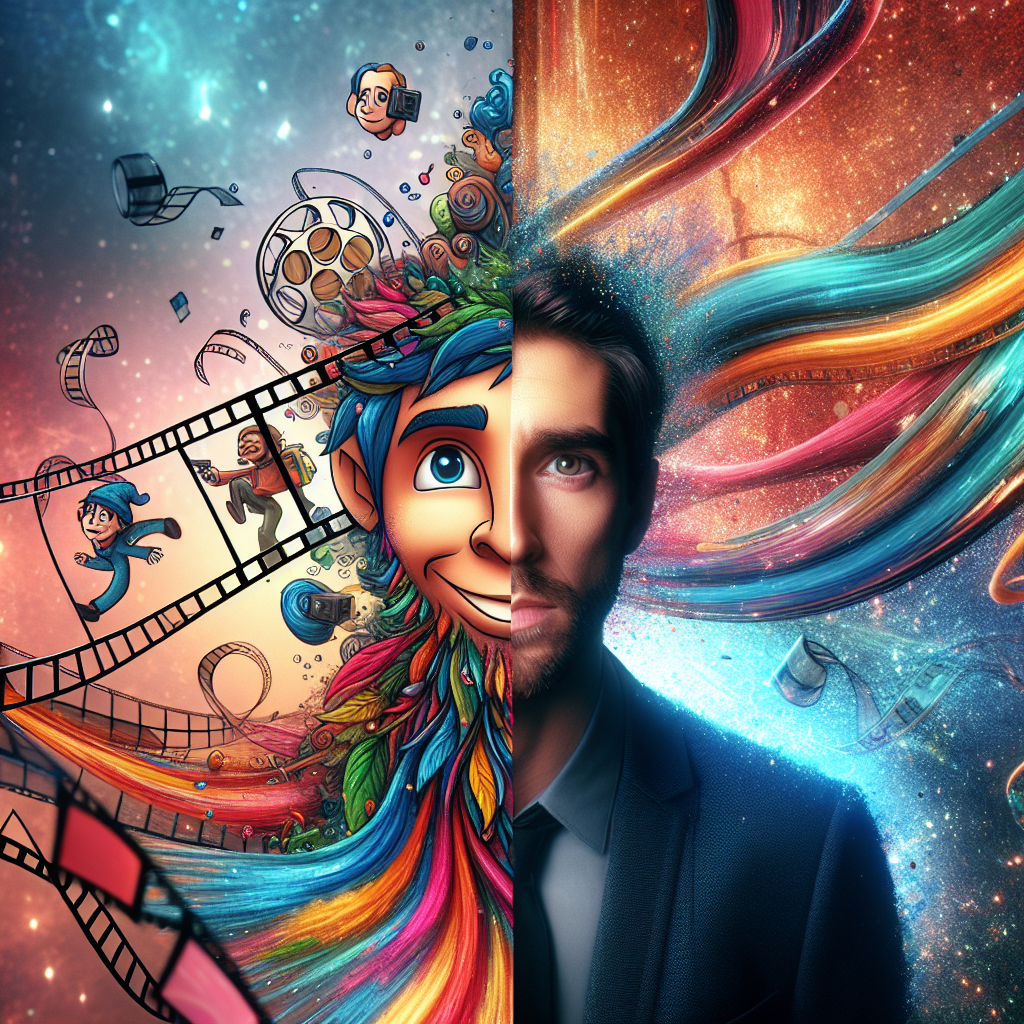Introduction to the Animation Revolution
In recent years, the entertainment industry has witnessed a significant shift with animation taking over live-action roles. This trend is not merely a fleeting fad but a substantial change driven by advancements in technology, cost-effectiveness, and a growing appetite among audiences for diverse and innovative content.
Technological Advancements Fueling the Shift
One of the primary catalysts for the rise of animation over live-action is the rapid advancement in animation technology. Tools such as Adobe After Effects, Autodesk Maya, and others have transformed what is possible in animation, making it easier to produce high-quality content faster and more efficiently. For instance, the use of CGI (Computer-Generated Imagery) allows creators to bring intricate details and impossible scenarios to life, which would be either too expensive or logistically challenging with live-action.
Cost Benefits of Animation
Production costs are a crucial factor in the film and television industry. Animation can often be more cost-effective than live-action productions, especially when depicting fantastical elements. Animated productions eliminate the need for expensive sets, on-location shoots, and large crews, reducing the overall budget and allowing for greater control over the environment and timing.
Changing Audience Preferences
Modern audiences, particularly younger viewers, have shown a preference for animated content, drawn to its ability to present imaginative and visually appealing stories. Shows like “Rick and Morty” and films such as “Spider-Man: Into the Spider-Verse” have not only garnered critical acclaim but have also achieved a cult following, demonstrating that animated content can resonate deeply with viewers.
Global Reach of Animated Features
Animation has a unique advantage in its universal appeal. Unlike live-action films that often require dubbing or subtitles for international audiences, animation can more easily transcend cultural barriers. Animated characters and stories can be adapted to different languages and cultures without the nuances lost in translation that often occur with live-action features.
Impact on the Industry
The shift towards animation is also influencing traditional studios and creators. Many are pivoting to animation, not just for children’s content but for adult genres as well. Streaming platforms like Netflix and Hulu are investing heavily in animated series and movies, seeing them as essential components of their content strategy to capture diverse global audiences.
Future Trends and Innovations
The future of animation looks promising with the integration of AI and machine learning technologies. These advancements are expected to streamline the animation process, making it even more cost-effective and allowing for more personalized content, which could further solidify the role of animation in mainstream media channels.
Conclusion: The Growing Dominance of Animation
As we look to the future, animation taking over live-action roles is a trend that is likely to expand even further. With continuous technological innovations, cost advantages, and shifting viewer preferences, animation will play a pivotal role in the way stories are told and experienced in the entertainment industry.
Reflecting on this transformation, it’s clear that the lines between animation and live-action will continue to blur, creating new opportunities and challenges for creators and audiences alike.


